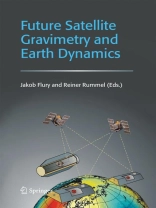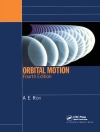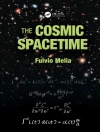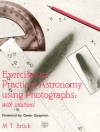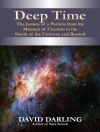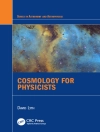Currently, a first generation of dedicated satellite missions for the precise mapping of the Earth’s gravity field is in orbit (CHAMP, GRACE, and soon GOCE). The gravity data from these satellite missions provide us with very new information on the dynamics of planet Earth. In particular, on the mass distribution in the Earth’s interior, the entire water cycle (ocean circulation, ice mass balance, continental water masses, and atmosphere), and on changes in the mass distribution.
The results are fascinating, but still rough with respect to spatial and temporal resolution. Technical progress in satellite-to-satellite tracking and in gravity gradiometry will allow more detailed results in the future. In this special issue, Earth scientists develop visions of future applications based on follow-on high-precision satellite gravimetry missions.
विषयसूची
Geoid And Gravity In Earth Sciences – An Overview.- Future Satellite Gravimetry For Geodesy.- Challenges From Solid Earth Dynamics For Satellite Gravity Field Missions In The Post-Goce Era.- Time Variation In Hydrology And Gravity.- Future Gravity Missions And Quasi-Steady Ocean Circulation.- Future Benefits Of Time-Varying Gravity Missions To Ocean Circulation Studies.- Ice Mass Balance And Ice Dynamics From Satellite Gravity Missions.- Benefits To Studies Of Global Sea Level Changes From Future Space Gravity Missions.- Gravity And Topography Of Moon And Planets.- Science Requirements On Future Missions And Simulated Mission Scenarios.- Impact Of Limitations In Geophysical Background Models On Follow-On Gravity Missions.
लेखक के बारे में
The authors have played key roles in gravity field research, and in particular for the preparation of the current gravity field satellite missions CHAMP, GRACE and GOCE. They are members of several mission advisory boards. They presented their work with many contributions at international conferences such as EGU, AGU, IUGG.
